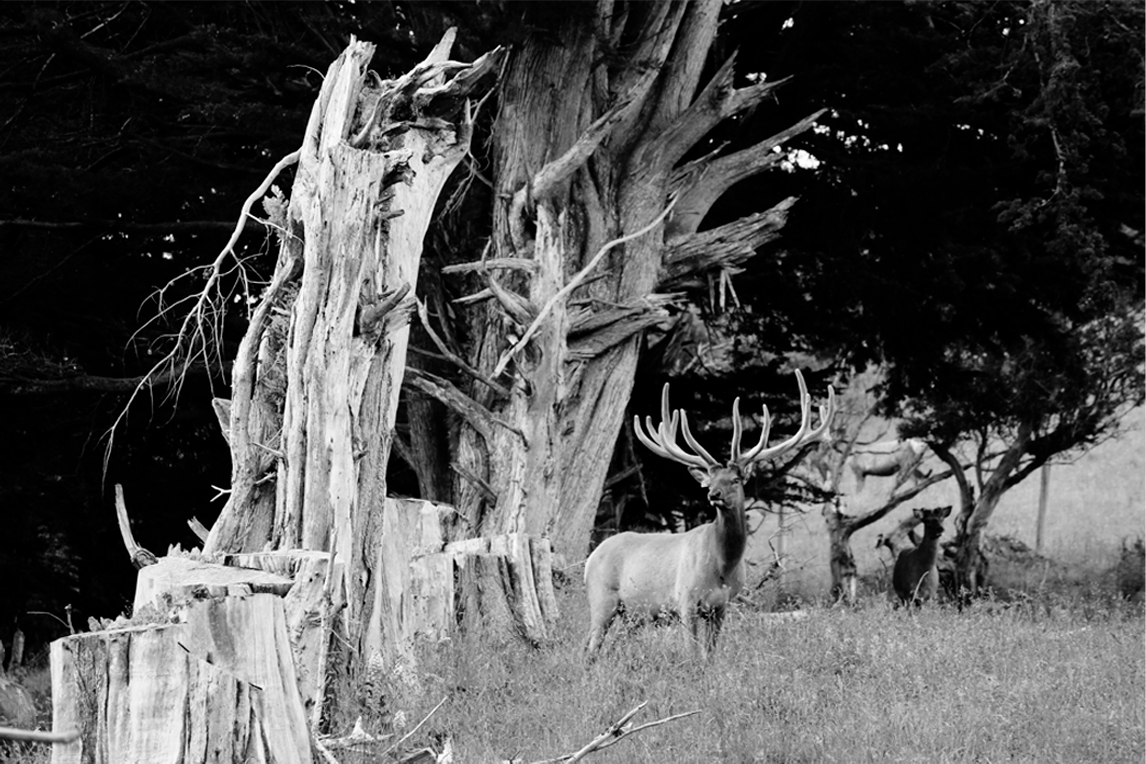Nov 29, 2024

With the return of a Trump administration, uncertainty looms over U.S. trade policies, including the risk of new tariffs on imported goods. During campaigning, Trump indicated that tariffs could range from 10% to 20%, creating a potential challenge for all exports, including venison. Indeed, the U.S. president-elect took to social media this week to “announce” his proposed plans for tariffs against Canada, Mexico and China, although this is primarily aimed at curtailing the illicit drug trade, rather than general trade in goods and services.
This is despite his government negotiating and enacting the United States-Mexico-Canada Agreement, replacing the 1994 North American Free Trade Agreement, at the time calling it the “fairest, most-balanced and beneficial trade agreement we have ever signed into law.”
Against this uncertain backdrop, DINZ attended the USA Business Summit held in Auckland in late November to better understand these risks and opportunities, and how they might affect the North American Retail Accelerator (NARA) project.
US-NZ relationship and changing US demographics
As a small export nation, the notion of free trade is one that New Zealand is eager to see flourish. The U.S.–NZ trade relationship is well-balanced, with no major trade surplus or deficit. Over 90% of U.S. goods enter New Zealand duty-free, highlighting the mutual benefits of the relationship.
The U.S. is New Zealand’s second-largest trade partner (behind China), with two-way trade in goods, services and tourism between the two countries valued at NZ$25 billion. The U.S. economy, with its 346 million people (as of November 2024), is projected to grow in the coming years as inflation is further brought under control and consumer spending returns. This will create more opportunities for high-quality, niche products like venison.
In addition, the U.S. Congressional Budget Office projects the U.S. population to increase to 383 million people in 2054, growing by 0.4 percent per year on average, or by less than half the pace experienced from 1974 to 2023 (0.9 percent per year). This will, however, coincide with an aging population, with the ratio of those aged 25-65 vs those aged 65+ increasing from almost 3:1 in 2024 to 2.2:1 in 2054. This is not unique to the U.S., with many countries around the world experiencing a slowing birth rate.
The Summit also highlighted some key consumer priorities, which are also indicative of wider global market trends.
“A key message from the Summit was the importance of sustainability, both from retailers and consumers,” says NARA Project Manager Damon Paling, representing DINZ at the Summit. “DINZ is leveraging New Zealand’s leadership in regenerative farming, pastoral agriculture, and traceability to differentiate our venison products. However, proving these claims with robust data is critical to building trust and credibility.”
“By positioning New Zealand venison as a premium, sustainable product, the industry is creating a compelling story for consumers willing to pay top dollar for a quality lean protein.”
Enough context: Will there or won’t there be tariffs on New Zealand venison?
This is impossible to know at present, despite the amount of noise out there. These policies will only be known once President-elect Trump takes office on 20 January 2025. Past tariffs under Trump hurt American businesses and voters, making such policies politically risky to repeat, but the president-elect has campaigned strongly on such policies.
In the meantime, DINZ is working with the Ministry of Foreign Affairs and Trade to monitor the situation closely and prepare for any threats of tariffs. We continue to promote the benefits of free trade between the U.S. and NZ and communicate our desire to avoid protectionist measures. All active participants in the NARA project – namely DINZ and the five venison export companies – continue to work with U.S. distributors and retailers to grow demand for venison, particularly in the premium cuts and niche markets.
In short, the project continues as planned but with a wary eye on January 2025.
What is the NARA Project?
The NARA project, launched in July 2024 by DINZ and five venison companies, is designed to grow the presence of New Zealand venison in the U.S. market, particularly in premium retail segments. Its goals include:
- Expanding venison exports to over 1,300 tonnes annually.
- Boosting sales of higher-value leg cuts.
- Growing availability across more U.S. states and retailers.
By focusing on niche consumer markets and premium positioning, NARA aims to reduce reliance on low-value commodity markets and deliver better farm-gate returns farmers.

